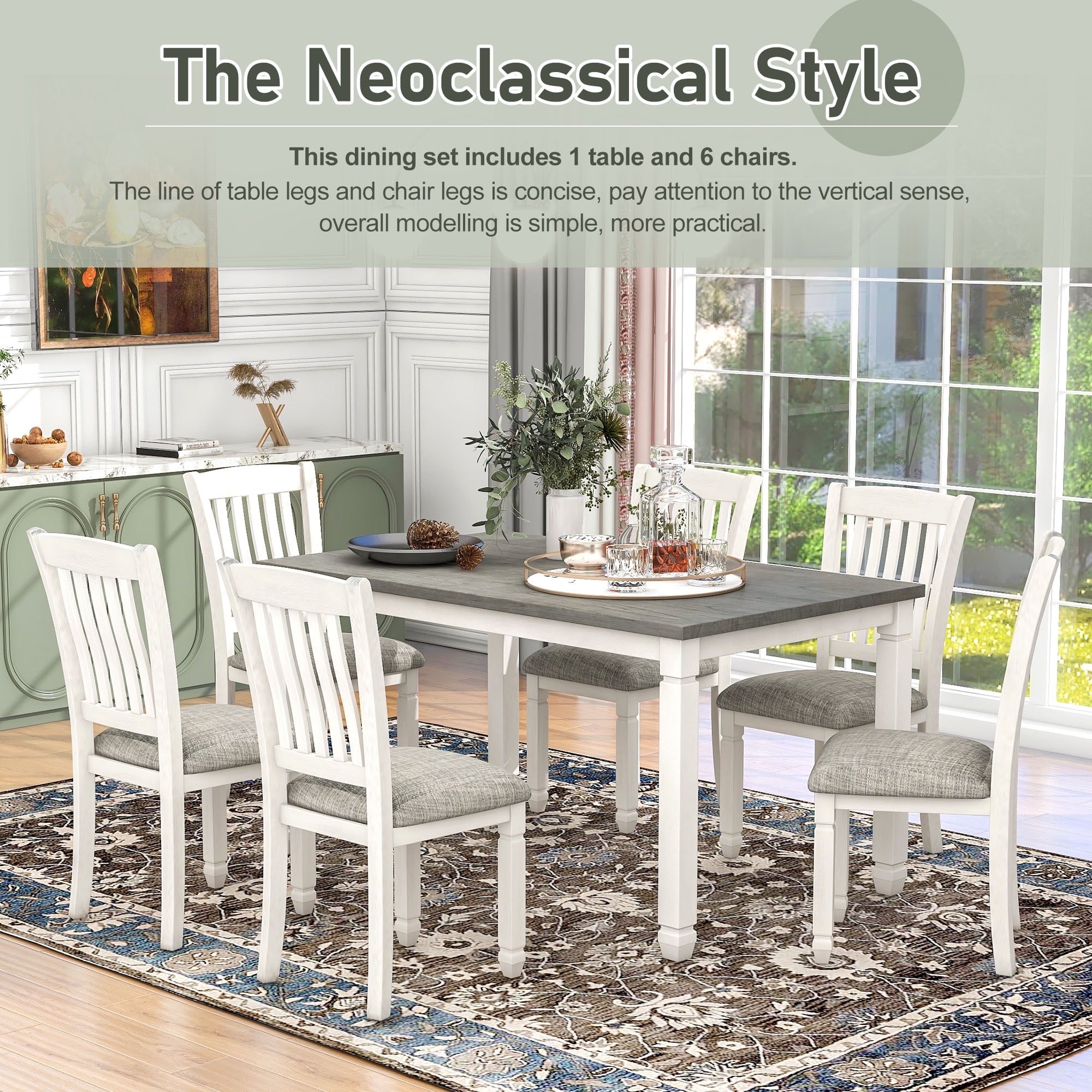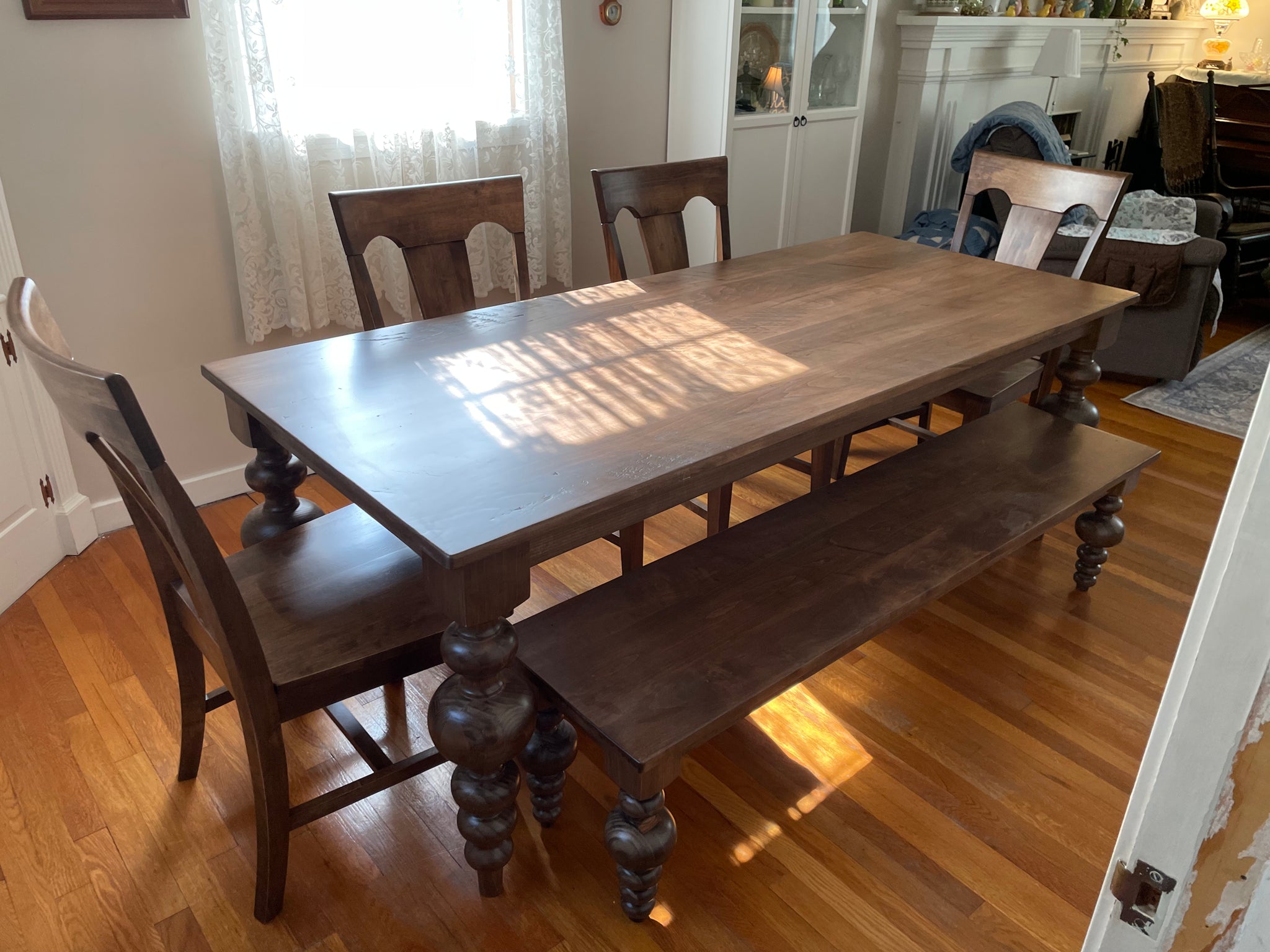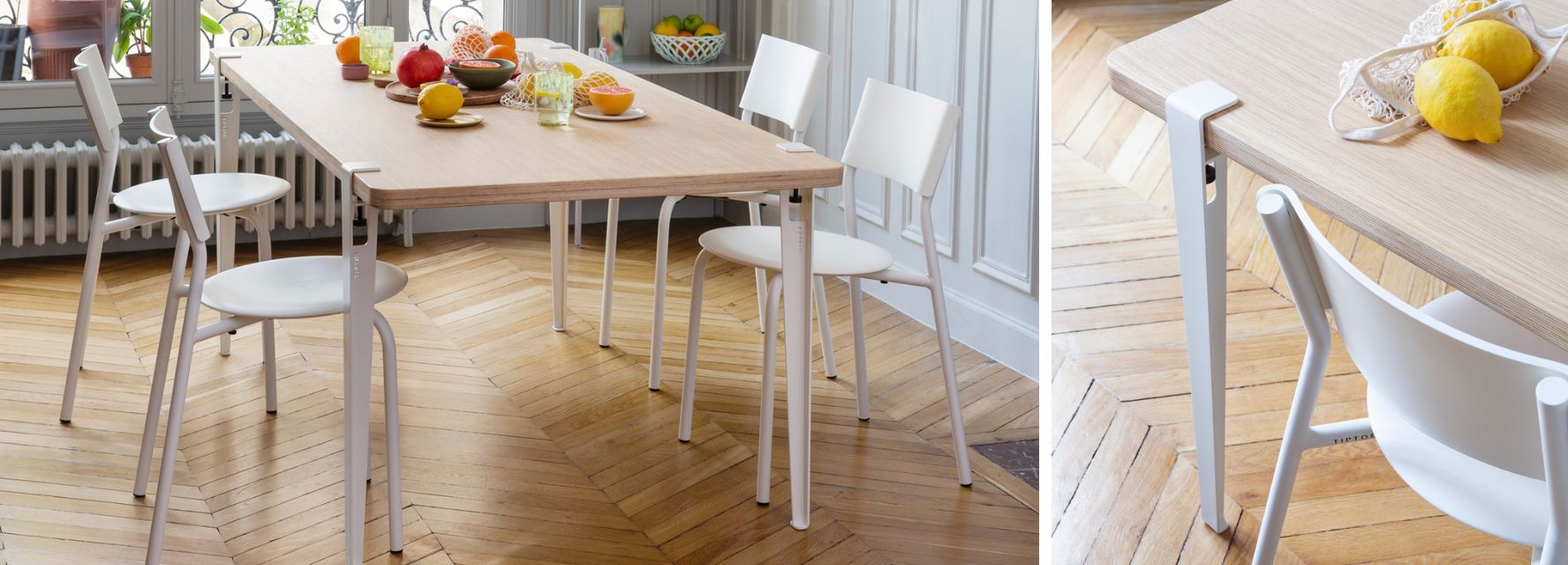The Top Trends in Dining Room Table Legs You Need to Know
The Top Trends in Dining Room Table Legs You Need to Know
Blog Article
How to Pick the Perfect Dining Room Table Legs for Your Home Design
Choosing the excellent dining area table legs is a nuanced procedure that requires careful factor to consider of various elements, including your area restrictions, visual choices, and functional needs. The interaction in between dimensions, styles, and materials can considerably influence the setting of your dining location, making it vital to approach this choice systematically.
Assess Your Eating Room
Assessing your dining space is essential for picking the right table legs that match both aesthetic appeals and capability. Begin by determining the dimensions of your dining location, including ceiling height, floor space, and proximity to various other furnishings. This info will assist identify the suitable size and elevation of your table, which directly influences the option of table legs.
Next, think about the design and design of your eating area. As an example, an open-concept design might gain from table legs that use visual agility, such as slim steel or acrylic choices. On the other hand, a more traditional setting could call for tough wooden legs that provide a feeling of permanence.
Assess the existing shade palette and products in your eating area. Harmonizing the table legs with these components produces a cohesive appearance that enhances the total design.
Inevitably, a thorough assessment of your dining room will certainly direct you in making an educated decision, ensuring that your table legs not just improve the aesthetic appeal yet also offer functional objectives.
Consider Your Style Preferences
When picking dining-room table legs, it is vital to review your personal style choices, as they significantly influence the overall visual of your eating space. Your selection of table legs can either complement or comparison with existing décor, making it crucial to align them with your favored indoor style motif.
If your home leans towards a contemporary visual, take into consideration streamlined metal or minimalist wood legs that offer a tidy, minimalist appearance. For an extra traditional approach, elaborate wood legs with intricate carvings can include a touch of style and sophistication. Industrial styles benefit from robust, raw products such as recovered wood and metal combinations, reflecting a rugged beauty.
Furthermore, farmhouse and rustic designs usually prefer tough, beefy legs that stimulate a feeling of heat and convenience. Alternatively, if your design is diverse, you may select unusual forms or a mix of materials to create aesthetic rate of interest.

Evaluate Product Options
The selection of product for eating space table legs plays a crucial duty in both durability and visual allure. Usual products include wood, steel, and composite options, each offering distinctive features that can affect the overall appearance and durability of your table.
Wood is a traditional option, understood for its warmth and flexibility. Hardwoods like oak and walnut give phenomenal toughness and can be completed in different stains to match any kind of style. Nevertheless, softwoods like yearn are more vulnerable to scrapes and dents, making them much less excellent for high-traffic locations.
Steel legs, commonly crafted from steel or aluminum, radiate modernity and industrial beauty. They are resistant and extremely durable to put on, making them suitable for family members with kids or constant events (dining room table legs). In addition, metal can be ended up in different shades, enhancing the modification possibilities
Composite products, such as MDF or laminate, offer cost and varied styles. While commonly less sturdy than solid timber or steel, they can still offer an elegant look and are typically easy to keep.
Ultimately, the product you select need to align with your way of life, visual preferences, and the level of usage your table will certainly experience.
Determine Height and Size
Choosing the ideal elevation and dimension for your dining-room table is necessary for both functionality and convenience. The basic elevation for eating tables typically varies from 28 to 30 inches, allowing sufficient legroom for many people when seated. However, it is crucial to take into consideration the measurements of your eating area and the sorts of chairs you prepare to make use of.

Moreover, take into consideration the percentages of your dining-room. A bigger table in a large location can produce a grand setting, while a smaller sized table functions well in even more intimate settings. Eventually, the best height and size will certainly integrate with your total style and boost the eating experience for you and your guests.
Explore Personalization Opportunities

In addition, the layout of the legs can be personalized to fit different styles, such as rustic, modern, or commercial. Conical legs can stimulate a mid-century contemporary feel, while beefy, block-style legs might resonate with conventional or farmhouse decor.
Homeowners can likewise explore shade surfaces, from natural timber spots to paint, allowing them to match or comparison with the tabletop and surrounding design.
In addition, leg height can be adapted to suit specific seating plans or personal preferences, improving both convenience and performance.
Last but not least, one-of-a-kind embellishments, such as makings or ornamental braces, can additionally personalize the table legs, making the eating experience not just a statement yet a meal item in the home. By considering these customization options, house owners can create a dining-room table that really mirrors their uniqueness.
Conclusion
Choosing the ideal dining-room table legs requires careful factor to consider of numerous factors, including the dimensions of the dining room, style preferences, material longevity, and preferred elevation. Customization options additionally boost the ability to achieve a cohesive visual that enhances the total design. By methodically reviewing these elements, house owners can ensure that the selected table legs not just satisfy practical needs yet additionally add favorably to the dining experience and atmosphere of home the home.
Choosing the suitable eating room table legs is a nuanced process that needs cautious factor to consider of useful content various elements, including your area restrictions, aesthetic preferences, and practical requirements.Examining your eating room is crucial for choosing the right table legs that match both appearances and functionality.When establishing dimension, gauge the location where the table will certainly be placed to ensure it fits comfortably, allowing for at least 36 inches of clearance around the table for simple motion. A bigger table in a large location can produce a grand atmosphere, while a smaller sized table works well in more intimate settings.Choosing the optimal dining area table legs needs cautious consideration of different elements, including the dimensions of the dining space, design choices, product resilience, and desired elevation.
Report this page